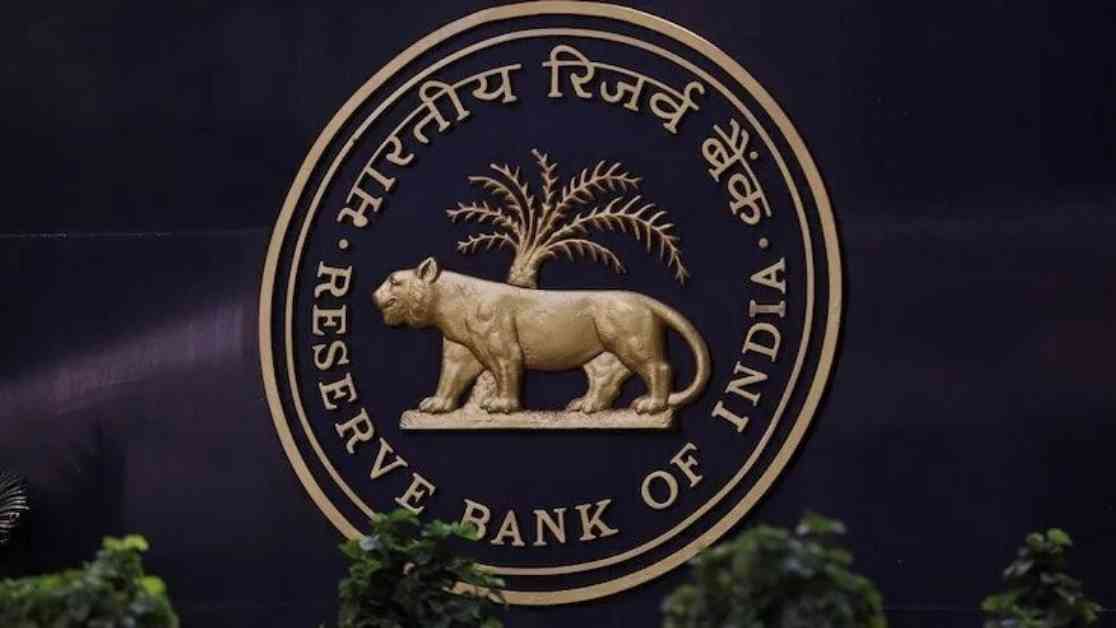The Reserve Bank of India (RBI) made a significant announcement on March 5th to address the liquidity crisis in the Indian banking system. Facing the most severe liquidity crunch in over a decade, the RBI unveiled a plan to inject liquidity through Open Market Operations (OMO) purchases and USD/INR Buy/Sell swap auctions.
Injecting Liquidity through OMO Purchases
In response to the pressing liquidity challenges, the RBI revealed its strategy to conduct two OMO purchase auctions of Government of India securities, totaling Rs 1 lakh crore. These auctions are scheduled to take place in two parts, with Rs 50,000 crore set for March 12, 2025, and another Rs 50,000 crore for March 18, 2025. This move aims to infuse much-needed liquidity into the banking system and alleviate the growing deficit that has plagued the industry.
Furthermore, the RBI announced a USD/INR Buy/Sell Swap auction for Rs 10 billion with a 36-month tenor scheduled for March 24, 2025. This additional measure underscores the central bank’s commitment to addressing the liquidity challenges faced by banks in the current economic landscape.
The liquidity deficit in the Indian banking system has been steadily increasing, with the surplus of Rs 1.35 lakh crore in November transitioning into a deficit of Rs 0.65 lakh crore in December. This deficit continued to escalate, reaching Rs 2.07 lakh crore in January and Rs 1.59 lakh crore in February, highlighting the urgent need for intervention to stabilize the financial market.
Commitment to Market Stability
In a statement, the RBI emphasized its dedication to closely monitoring liquidity and market conditions, pledging to take decisive actions to ensure stability and orderly liquidity management. The central bank’s proactive approach to addressing the liquidity crisis reflects its commitment to safeguarding the integrity of the banking system amidst challenging economic conditions.
Since November 2024, the banking system has grappled with liquidity challenges stemming from various factors, including tax outflows, foreign portfolio investor selling in Indian equities, RBI intervention in forex markets, and lower-than-expected government spending. These cumulative pressures have necessitated a comprehensive response from the RBI to mitigate the impact on financial institutions and restore confidence in the market.
To tackle the liquidity crisis, the RBI has injected approximately Rs 3 lakh crore of durable liquidity through VRR auctions, swaps, and open market operations since late 2024. This concerted effort underscores the central bank’s commitment to proactively addressing the liquidity challenges faced by banks, signaling a robust response to the evolving economic landscape.
The RBI’s recent announcement to boost liquidity through OMO purchases and USD/INR Buy/Sell swap auctions marks a pivotal moment in the ongoing efforts to stabilize the Indian banking system. By implementing targeted measures to address the liquidity deficit, the central bank aims to restore confidence, promote stability, and support the financial well-being of banks in the face of unprecedented challenges.
As the banking sector navigates through turbulent waters, the RBI’s commitment to proactive liquidity management and market stability will play a crucial role in shaping the future trajectory of the Indian economy. With strategic interventions and steadfast resolve, the central bank seeks to mitigate the impact of the liquidity crisis and pave the way for a resilient and thriving financial ecosystem.























